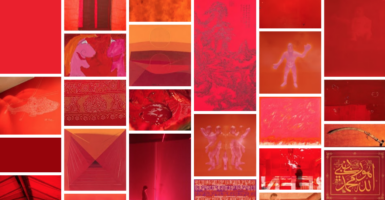Quiz: How Much Do You Know About Ancient Egypt?
Egypt is a place filled with mystery, history, and tourists. The people are there for a good reason, too. Who doesn’t want to take in the ancient pyramids in person? Built in a period before modern technology existed, they are indeed a marvel to behold. Perhaps you’re an individual who knows all about Egypt. If so, give this quiz a try and test your Egyptian knowledge. You might be in for a surprise…
DNA studies uncovered what about King Tut?
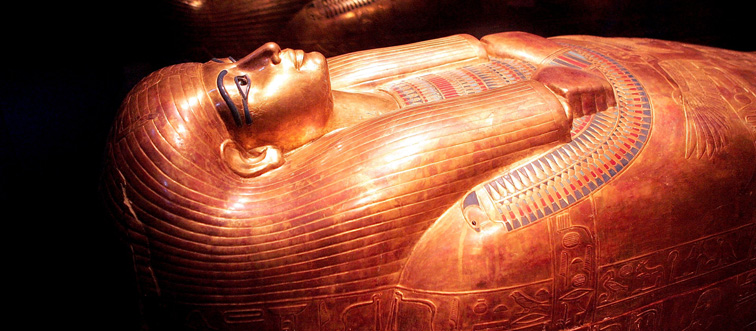
A. His parents were brother and sister
B. He was disabled
C. He had malaria
D. All the above
Answer: All the above

King Tut took the throne at age nine but only ruled for ten years before he died in 1324 B.C. The DNA study found his parents were brother and sister, he had malaria and a disabling bone disorder.
The Egyptians believed the god Anubis weighed which body part to determine if someone could enter the afterlife?
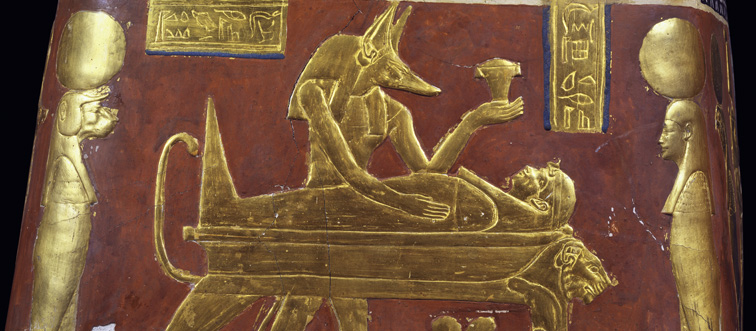
A. Brain
B. Eyes
C. Heart
D. Pineal Gland
Answer: Heart

Once you passed away, your soul was led to the jackal-headed god, Anubis. He weighs the heart against the feather of maat. If it is too heavy or light, then it gets devoured by a monster. It has to balance to enter the afterlife.
What was the catalyst to begin the rise of modern Egyptology?
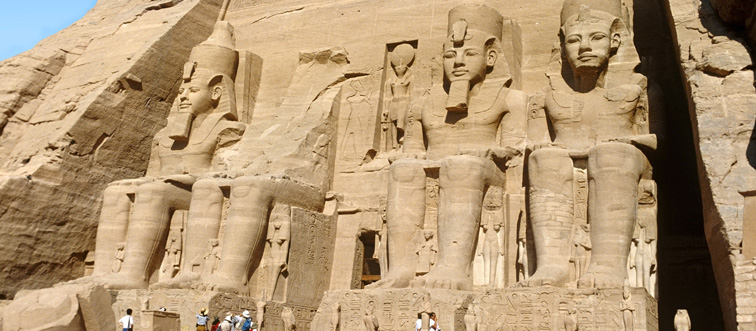
A. Discovering the Rosetta Stone
B. Hollywood movies
C. Richard Nixon
D. The opening of the British Museum
Answer: Discovering the Rosetta Stone
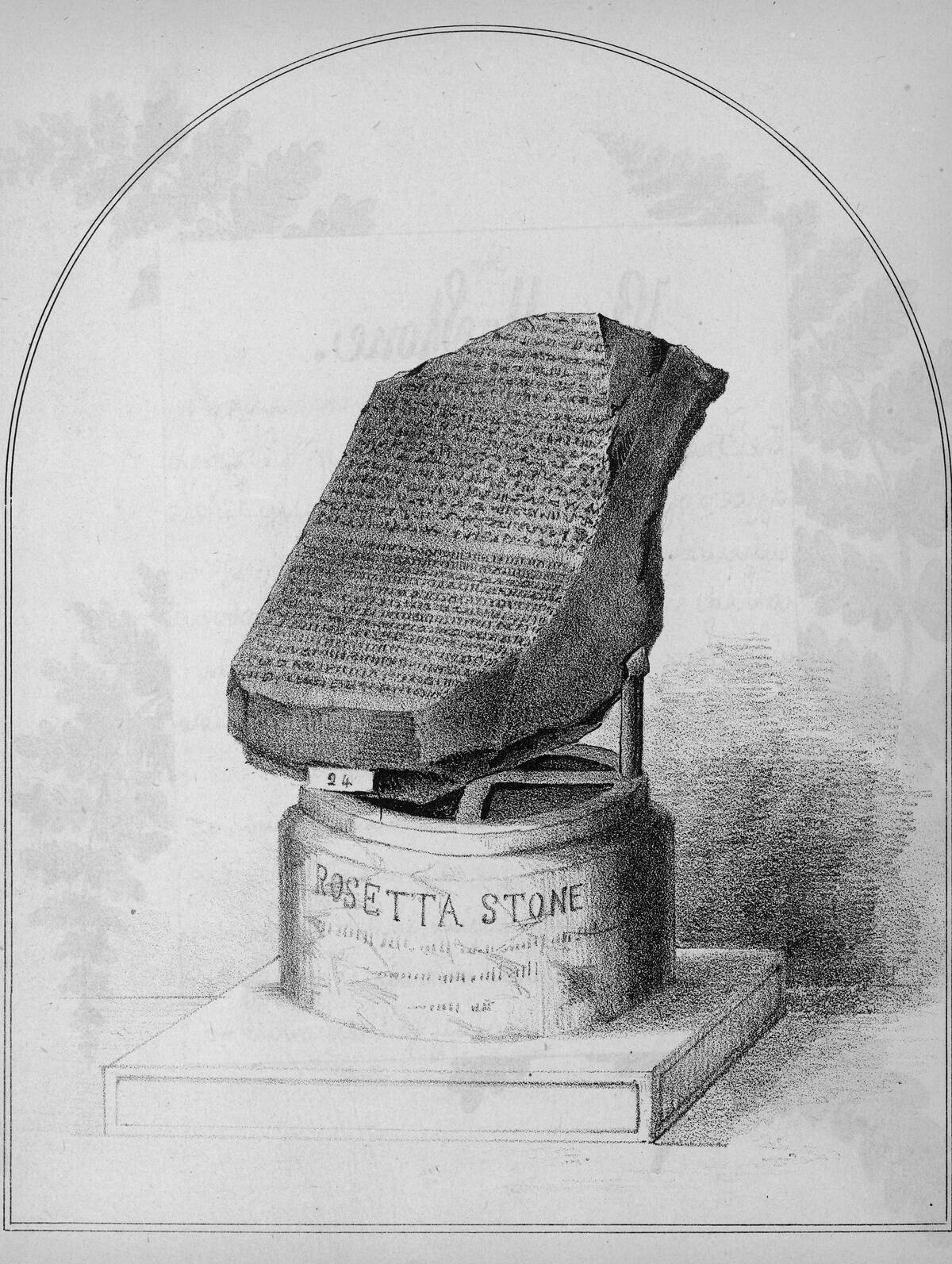
Discovering the Rosetta Stone in 1799 is what started it all. The stone was a stele with Egyptian and Greek translations. By the early 20th century, there America, French, and German expeditions investigating all Egyptian culture.
What did the ancient Egyptians call their land?
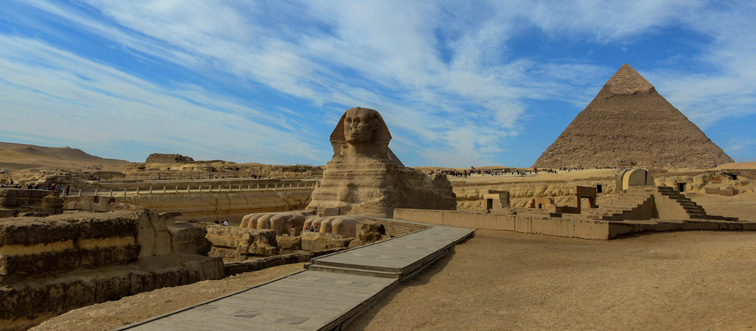
A. Blessed City
B. The Black Land
C. River Blessing
D. Kingdom of Ra
Answer: The Black Land
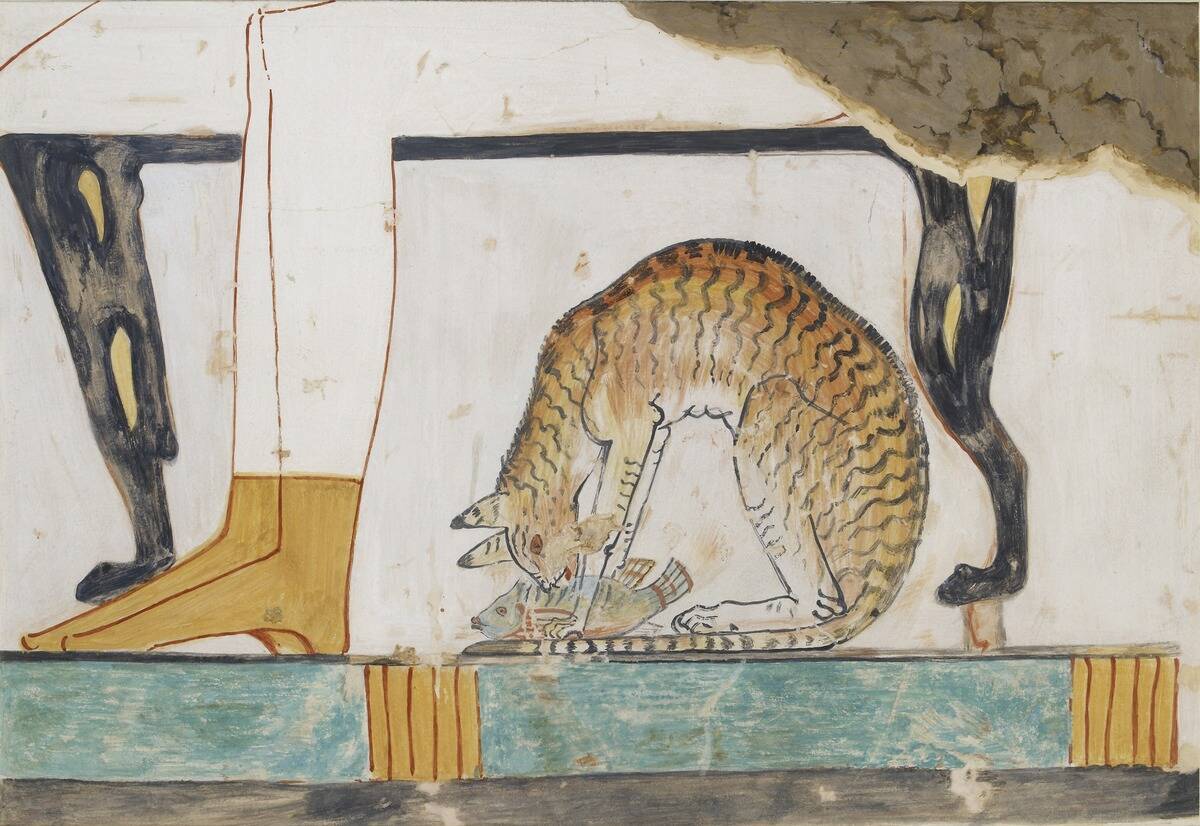
Because the Nile River would overflow and deposit a fresh layer of earth across its floodplain between July and October, this inspired the Egyptians to call the region kemet or the Black Land.
What color were the Pyramids at Giza originally?
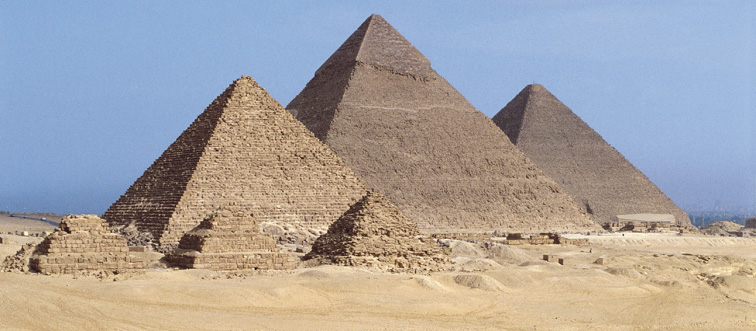
A. The color they are now
B. Black
C. Gold
D. White
Answer: White
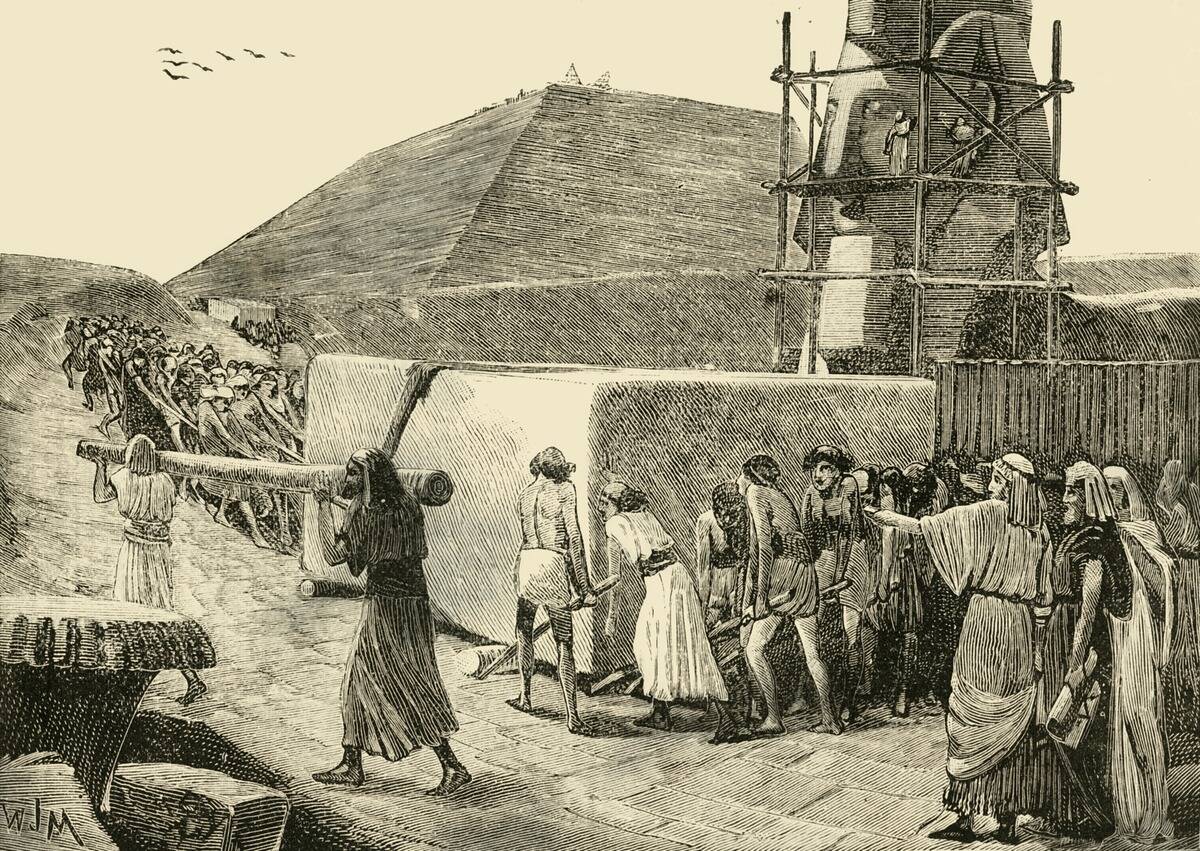
Many think that the colors of these famous pyramids have always been the color they are now, which is the sandy looking color. The truth is that they were originally white.
The Egyptians used to trade goods with the people of Punt. Where is the modern-day country of Punt located?

A. Unknown
B. Morocco
C. Spain
D. India
Answer: Unknown
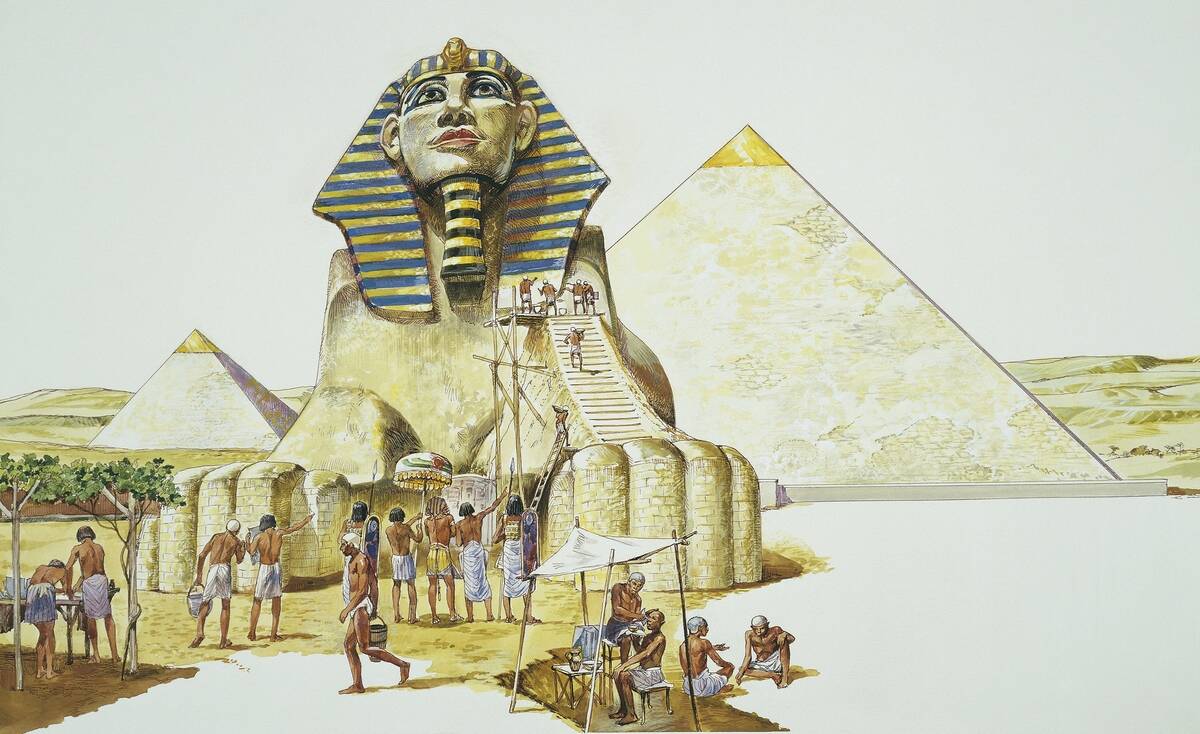
South of Egypt is all that anyone knows. The exact location is still up in the air. They would barter for things such as ivory, baboons, and all types of other luxuries.
How did the Egyptians remove the brain before turning the body into a mummy?

A. Severing the head, cutting off the top, take out the brain, then stitch the head back on.
B. Unknown
C. Picked it out through the nose.
D. With a chemical poured through the mouth
Answer: Picked it out through the nose.

This was a tough one, we know. All of them make sense in theory, but the correct answer is they picked it out through the nose. That method sounds intense.
How did the great Sphinx lose its nose?

A. Weather erosion
B. Vandals
C. Cannon blast
D. Failed structural build
Answer: Vandals

Damage done to the half-lion, half-human sculpture took place in the 14th or 15th century. Experts don’t know the reason why vandals hammered rods into the Sphinx and pried the nose off.
There was a huge threat of flooding at which location that caused $40 million to go towards relocating ancient monuments?

A. Morocco
B. Luxor
C. Giza
D. Abu Simbel
Answer: Abu Simbel
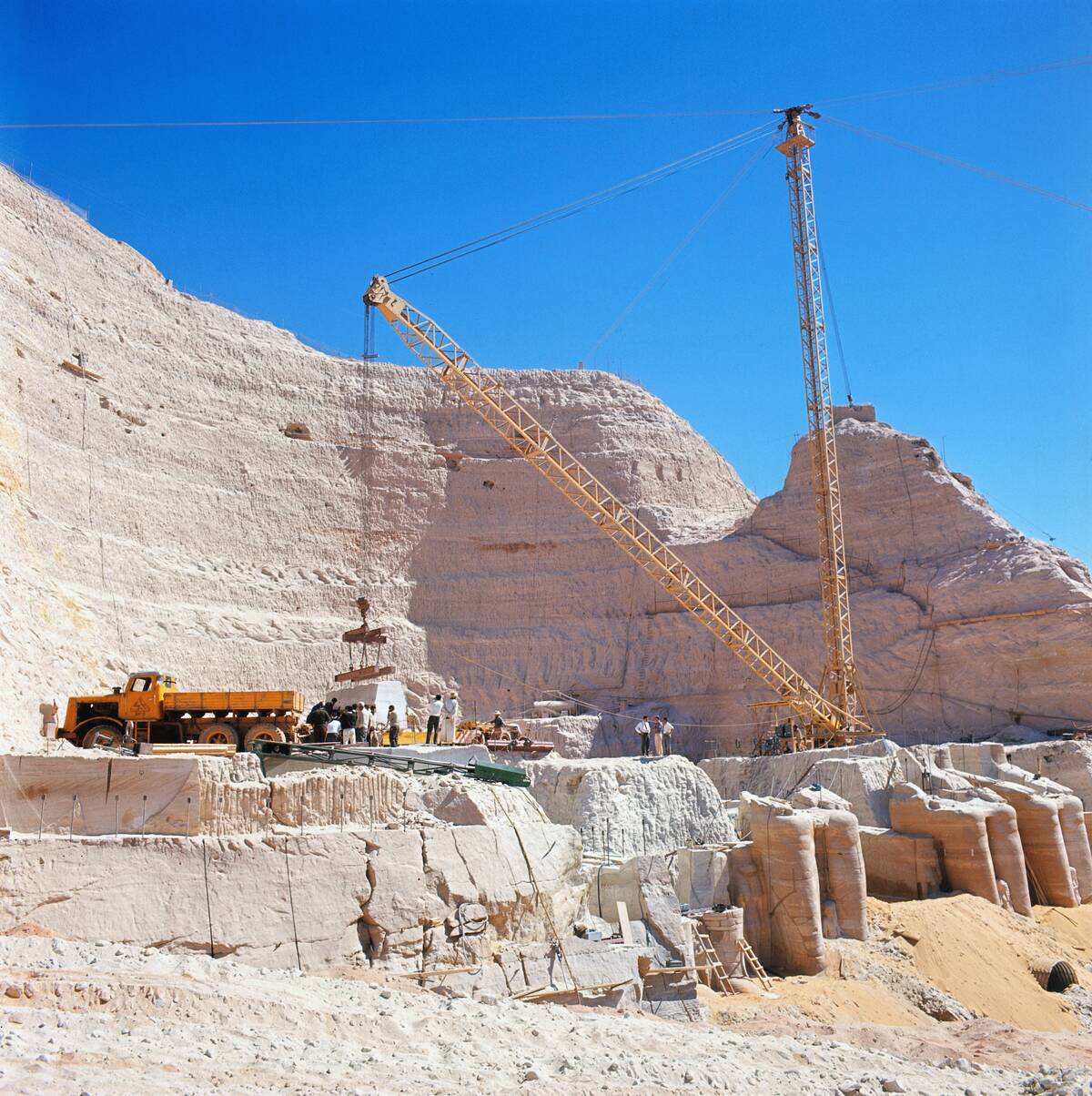
Egypt started a four-year salvage effort with the help of UNESCO back in 1964. The threat happened in Abu Simbel. The temples and statues were cut down into 30-ton blocks and put back together 200 feet higher and out of danger.
What Pharoah oversaw the first Egyptian Pyramid build?

A. Tut
B. Khufu
C. Djoser
D. Ramses II
Answer: Djoser

It was King Djoser who commissioned the first stone pyramid in Egypt. In fact, it was the first stone pyramid in the world as well, construction around 2630 B.C. Before this, mud brick was used.
What did they keep inside canopic jars?
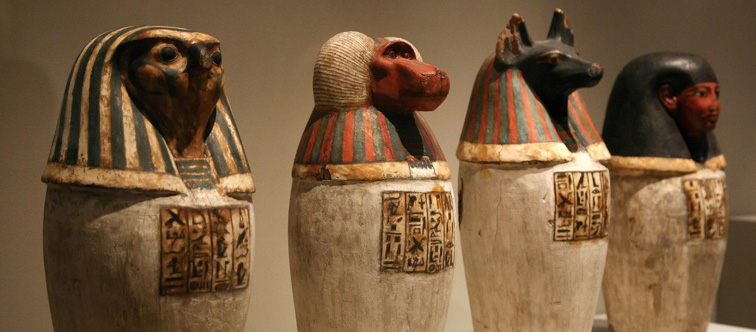
A. Herbs and spices
B. Internal organs
C. Wine
D. Scriptures
Answer: Internal organs

This might creep you out a bit, but inside of those cool looking jars was the organs of a dead body that was preserved as a mummy. That isn’t too creepy.
Egypt was often referred to as…

A. The Gift of the Gods
B. The Gift of the Mediterranean
C. The Gift of the Nile
D. The Pharoah’s Gift
Answer: The Gift of the Nile

With so many gift choices, an educated guess won’t help you here. Or did it? The correct answer is The Gift of the Nile, due to the annual flood that the kingdom heavily relied on.
Which mineral-rich material goes into the Nile Delta in Lower Egypt?

A. Silt
B. Filt
C. Sage
D. Fertile
Answer: Silt
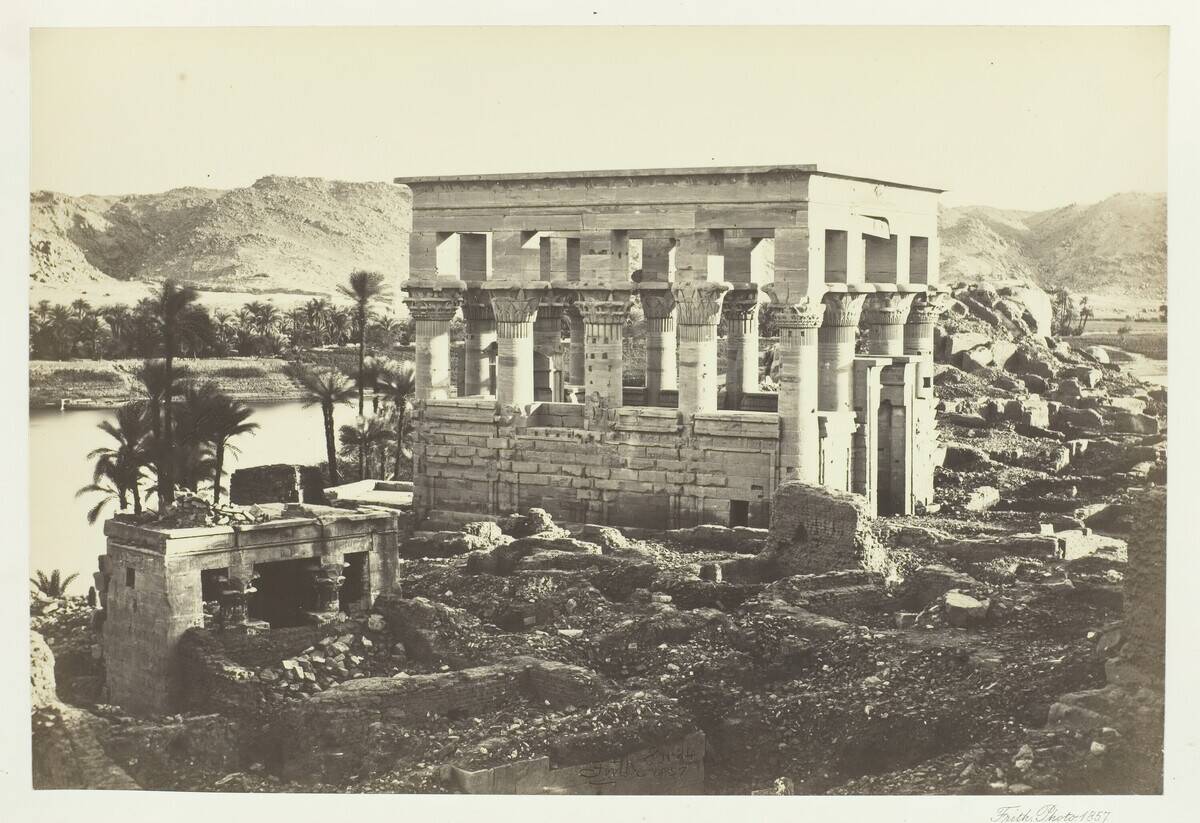
The mineral-rich material that’s deposited at the Nile Delta in Lower Egypt is called Silt. Soil containing silt is usually more fertile than other types of soil, so it’s good for growing crops.
Which God or Goddess liked to drink blood?
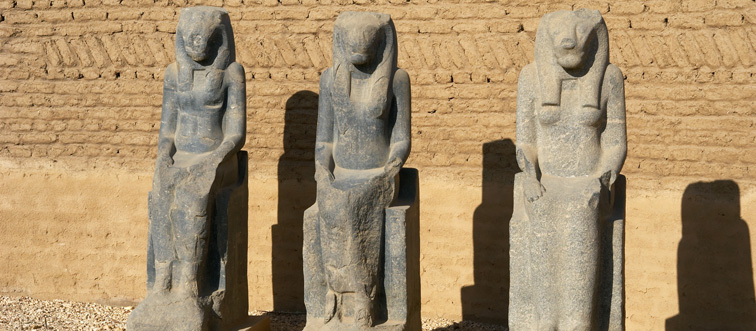
A. Horus
B. Amun-Ra
C. Sekhmet
D. Isis
Answer: Sekhmet
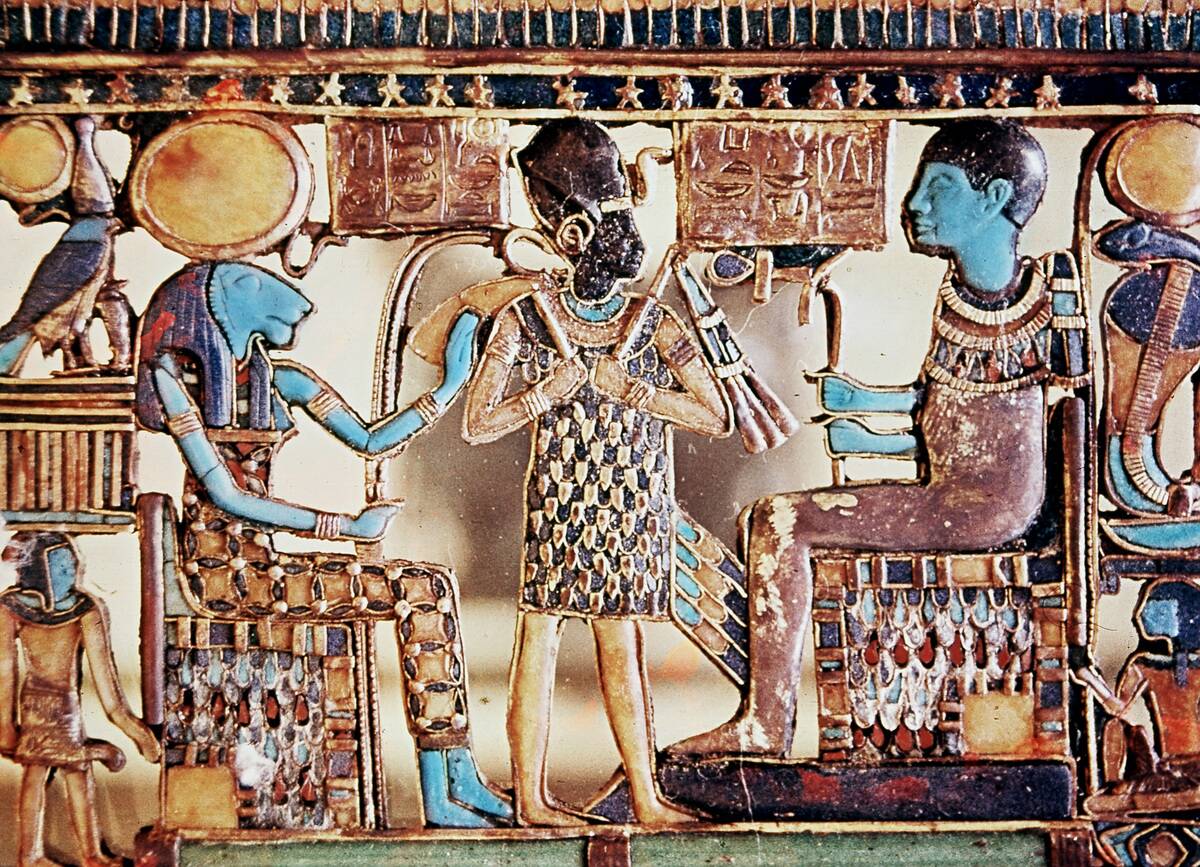
Horus was the sky god and didn’t enjoy drinking blood. It was Sekhmet, the goddess of battle whose fighting rage made her drink the blood of her enemies. That’s pure blood lust.
Why were the ancient Egyptians making mummies?
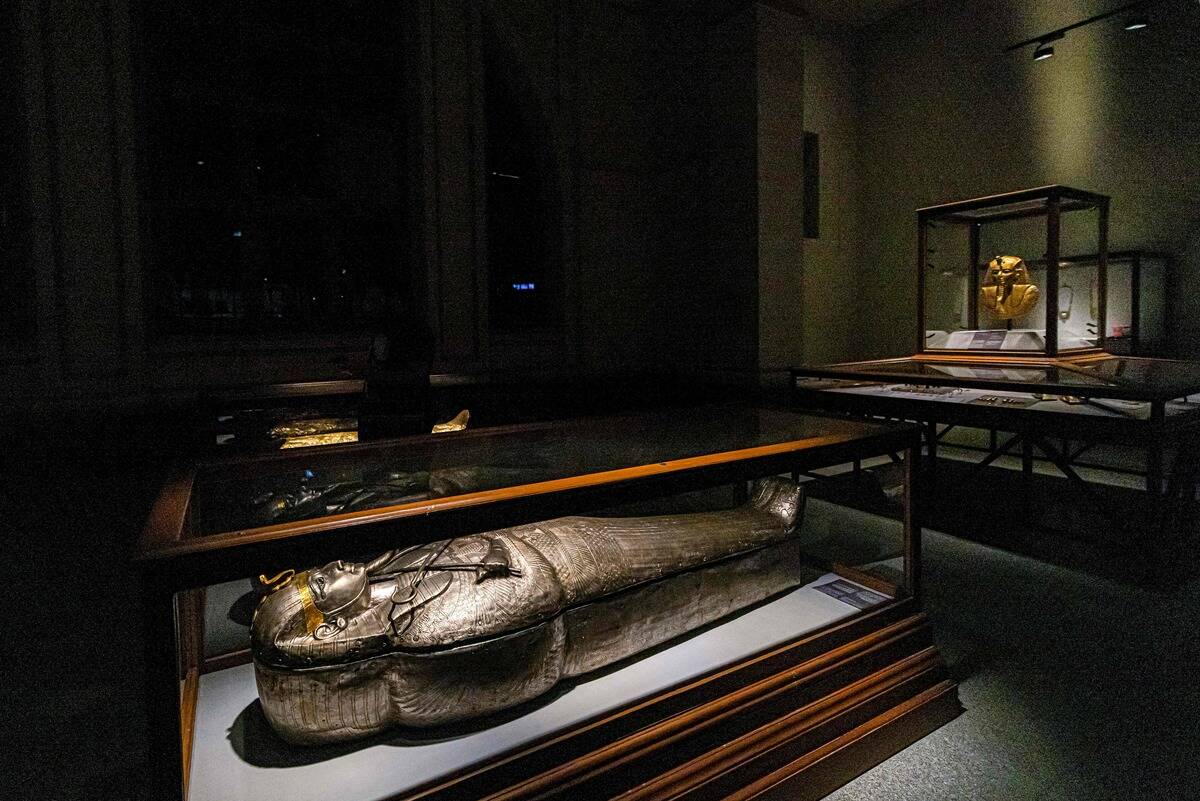
A. To make the burial ceremony look better
B. It came to a Pharaoh in his dreams
C. To honor the gods
D. So the dead could live in the afterlife
Answer: So the dead could live in the afterlife

The Egyptians believed that if the body rotted, the soul of the person would suffer in the world of the dead. Making mummies helped preserve the bodies of the dead.
What would you find inside a mummy?
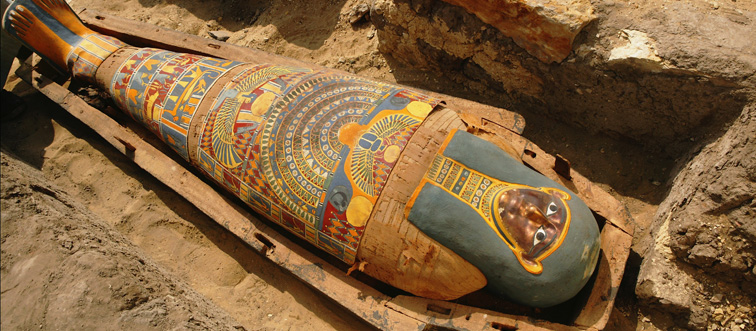
A. Sawdust and linen
B. The organs
C. Bandages
D. Salt
Answer: Sawdust and linen
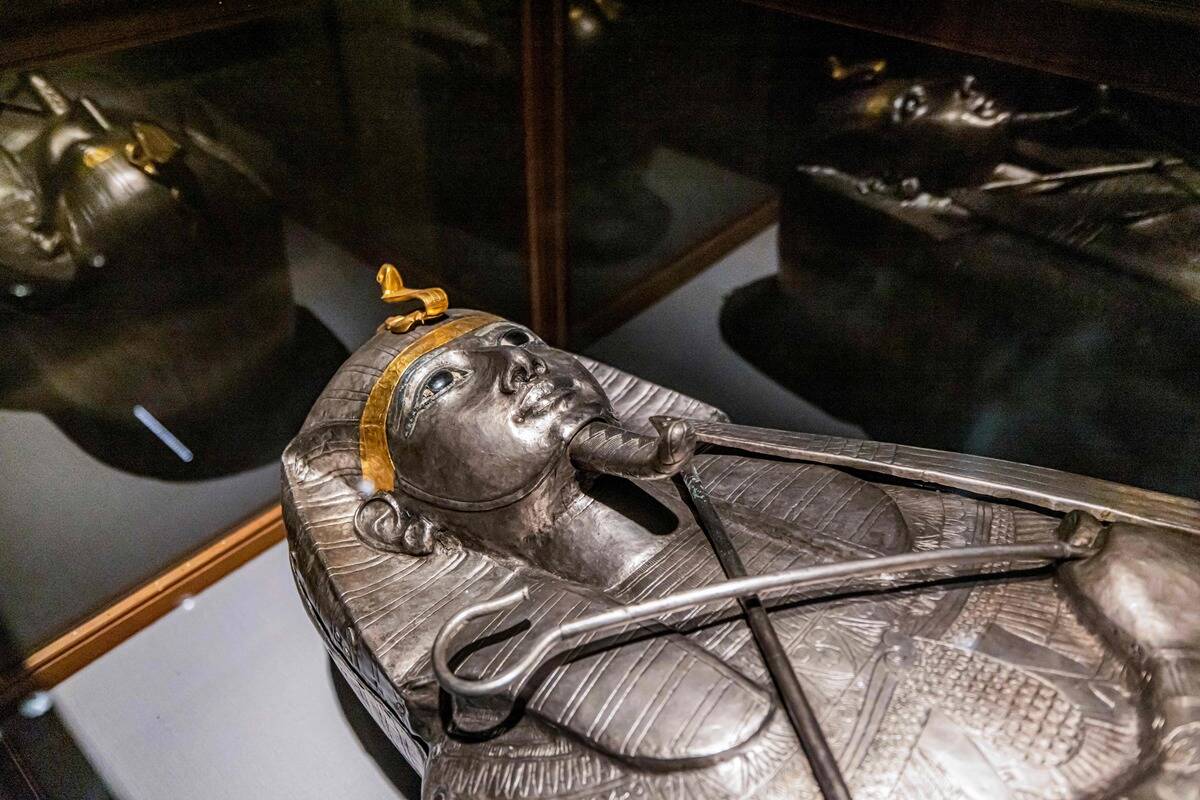
Since most of the organs were removed and placed in canopic jars, you would find something else thanks to the mummification process. The body was filled with dry sawdust and linen.
How many mummies did they find inside the Great Pyramid at Giza?
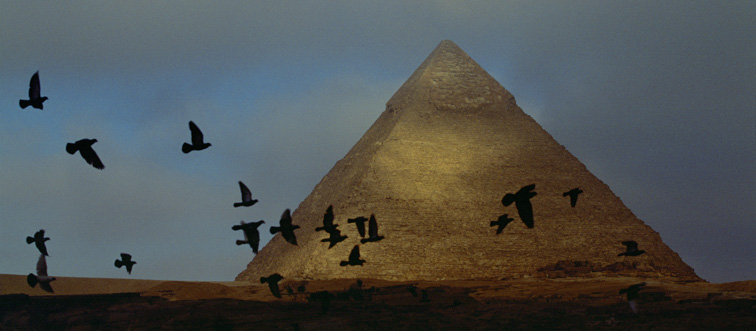
A. 25
B. 0
C. 1
D. 3
Answer: 0
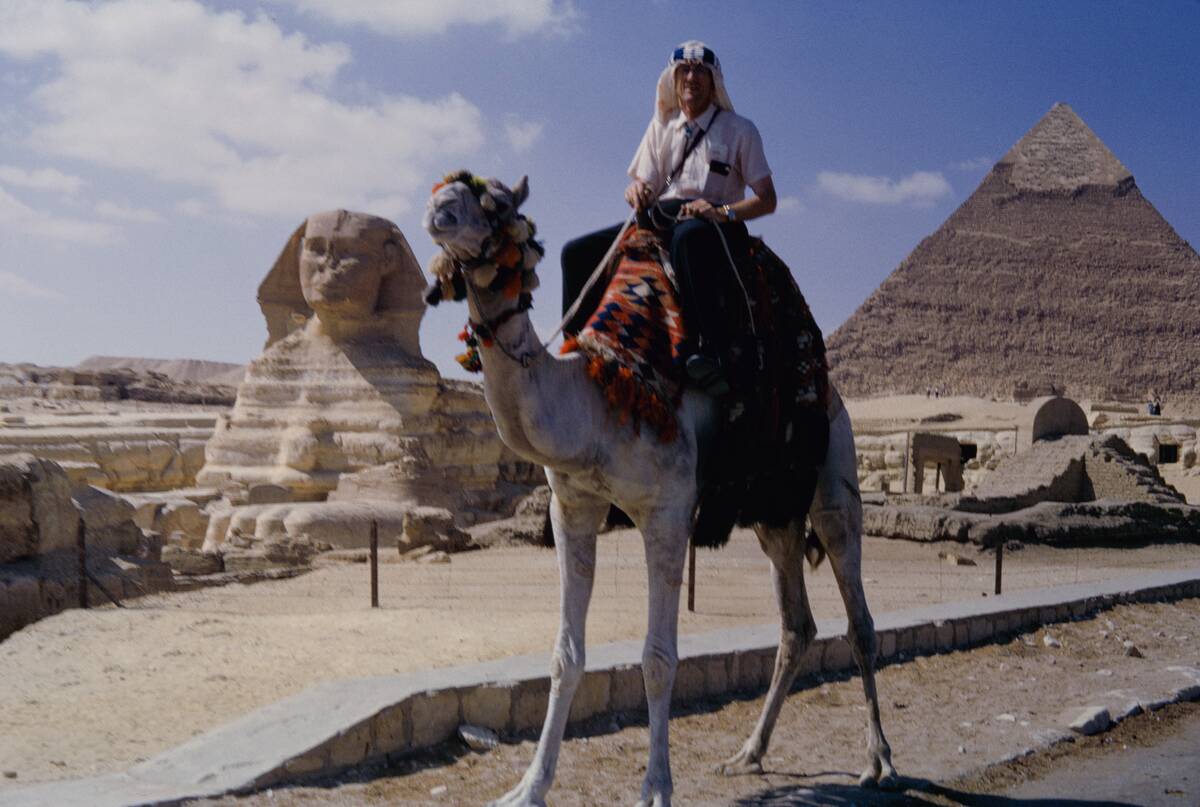
Unfortunately, you would hope they found plenty, but the correct answer here is 0. They had already been stolen by thieves a long time ago. There must have been some valuable mummies in there.
What did the Egyptians make their boats out of?

A. Reeds
B. Wood
C. Limestone
D. Bones
Answer: Reeds
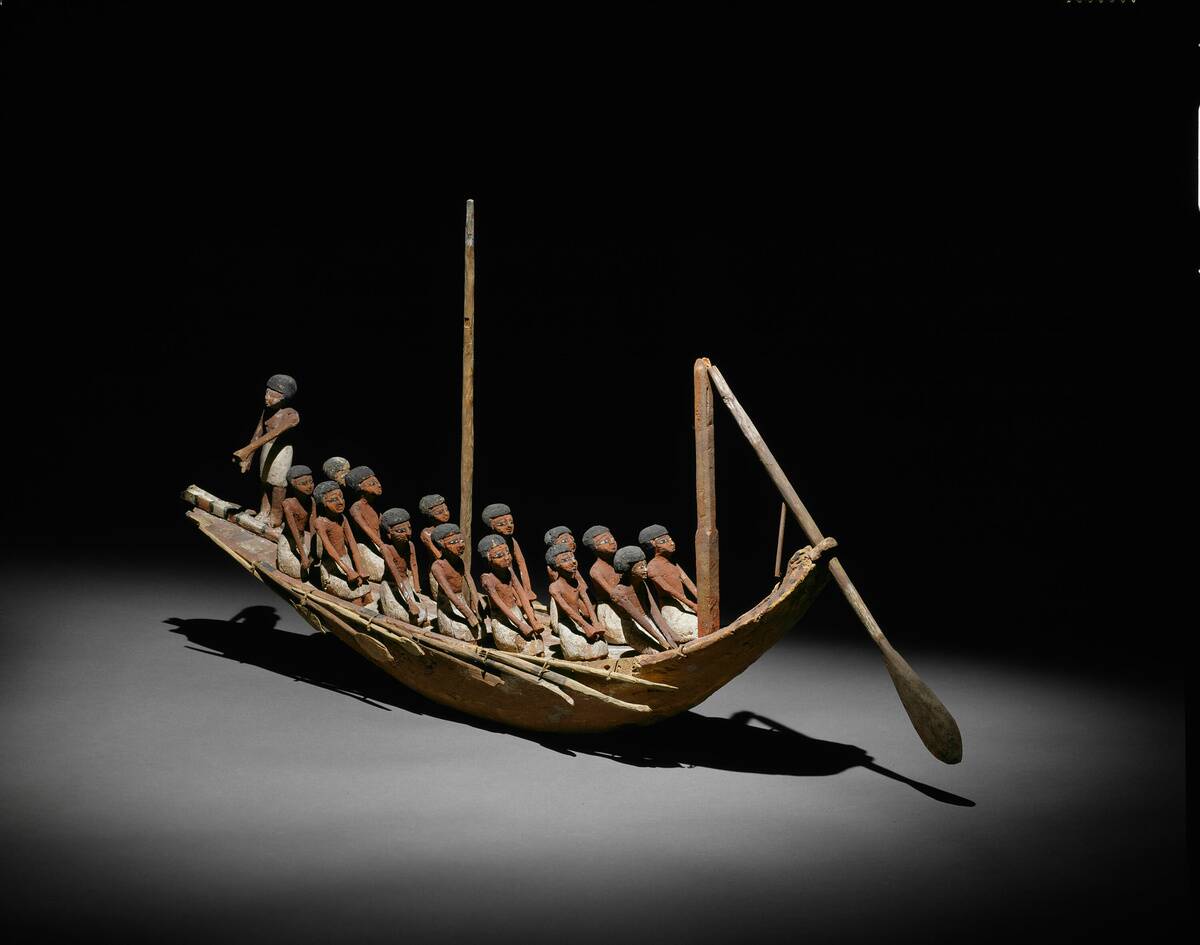
In Ancient Egypt, a special kind of reed called papyru, was tied together in large bunches to make a boat. Papyrus is a popular material from that region that has many purposes.
What are hieroglyphs?
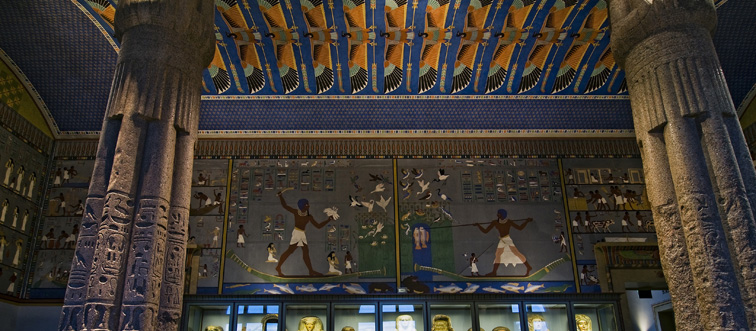
A. Ancient rituals used to summon gods
B. Mapping
C. Statues of the gods
D. Picture symbols used as writing
Answer: Picture symbols used as writing
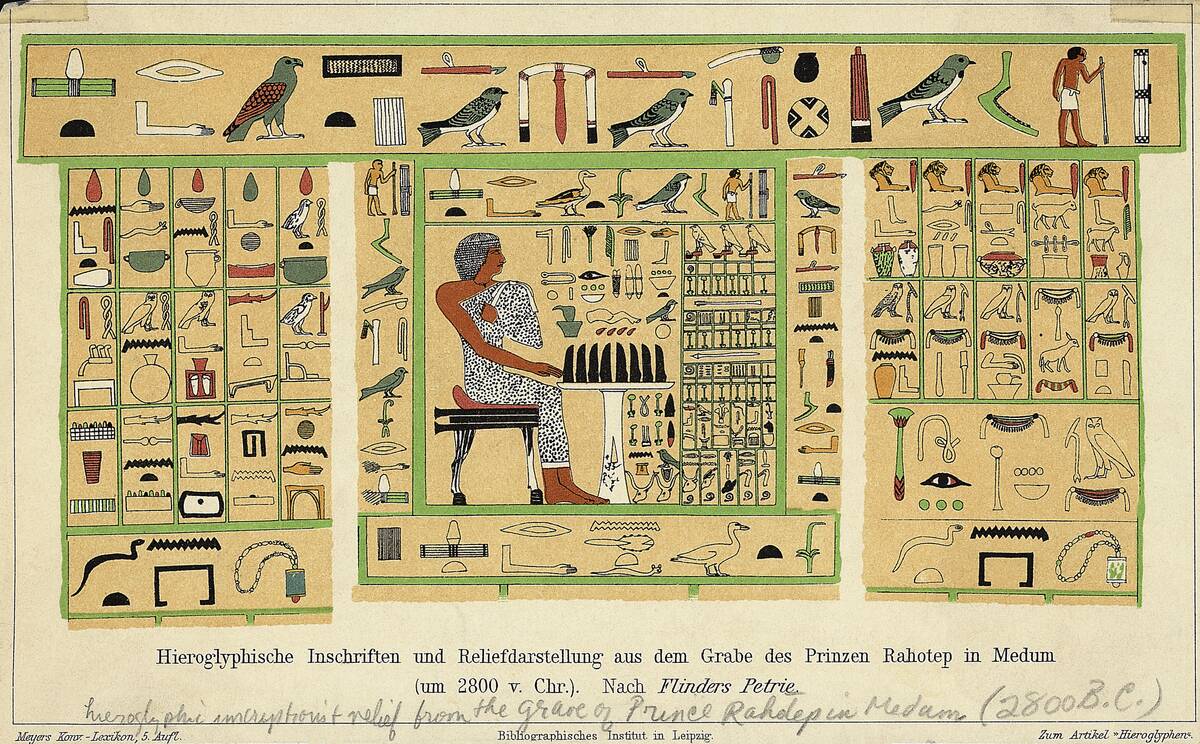
Hieroglyphs are artistic representations, used as writing. Instead of reading English as you are now, the ancient Egyptians would be reading hieroglyphs document and share information and stories. There’s estimated to be around 1,000 variations.
What is the source of the Nile River?

A. Lake Victoria
B. Isthmus of Suez
C. The Red Sea
D. The Mediterranean Sea
Answer: Lake Victoria
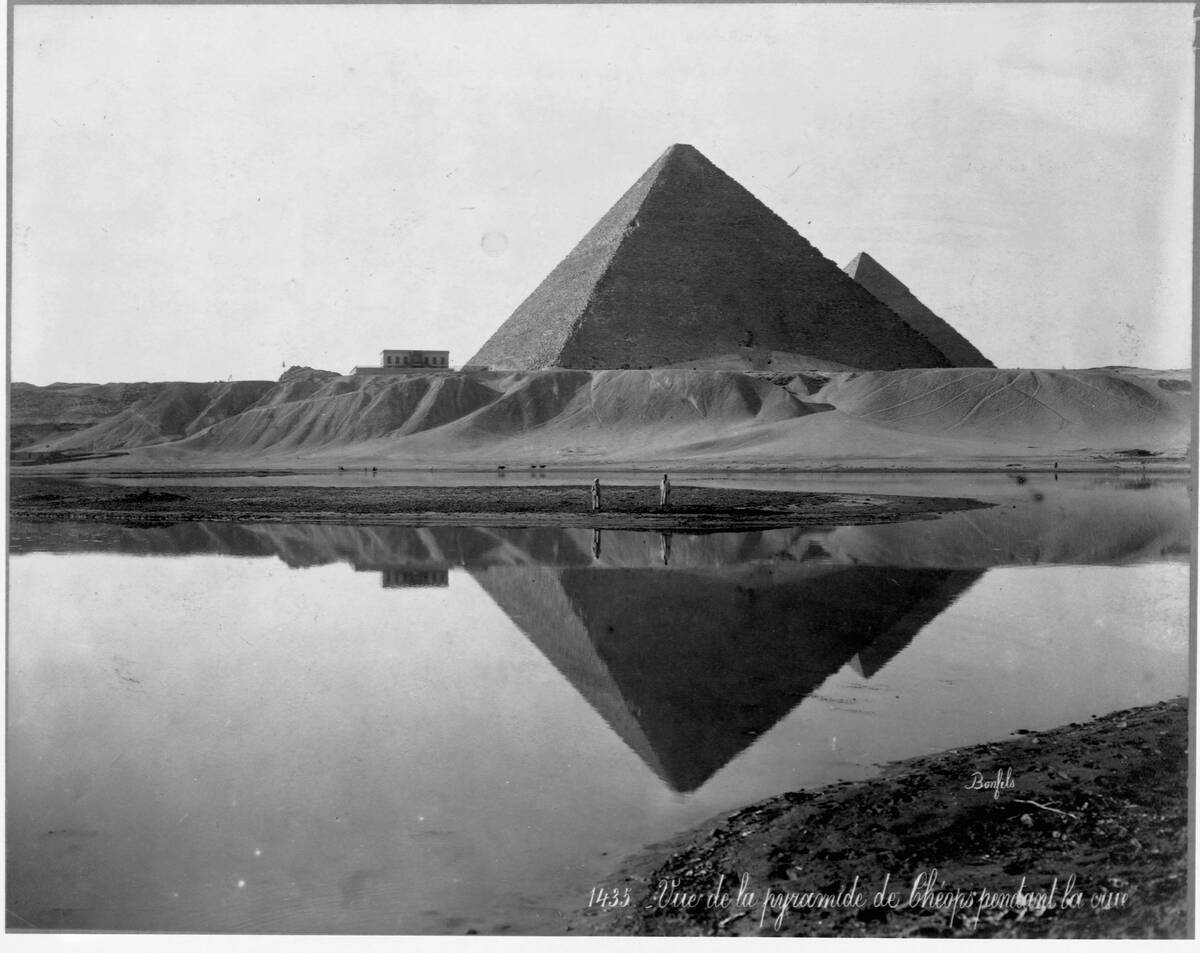
Believe it or not, this is a tough question for many folks, so don’t feel bad if you got the wrong answer. The right choice here is none other than Lake Victoria.
